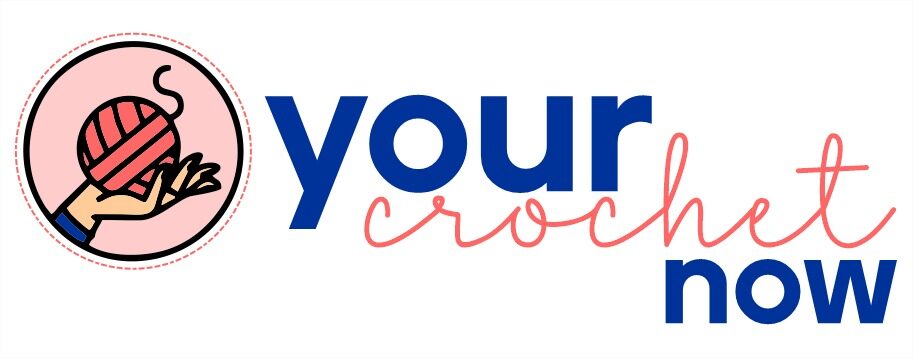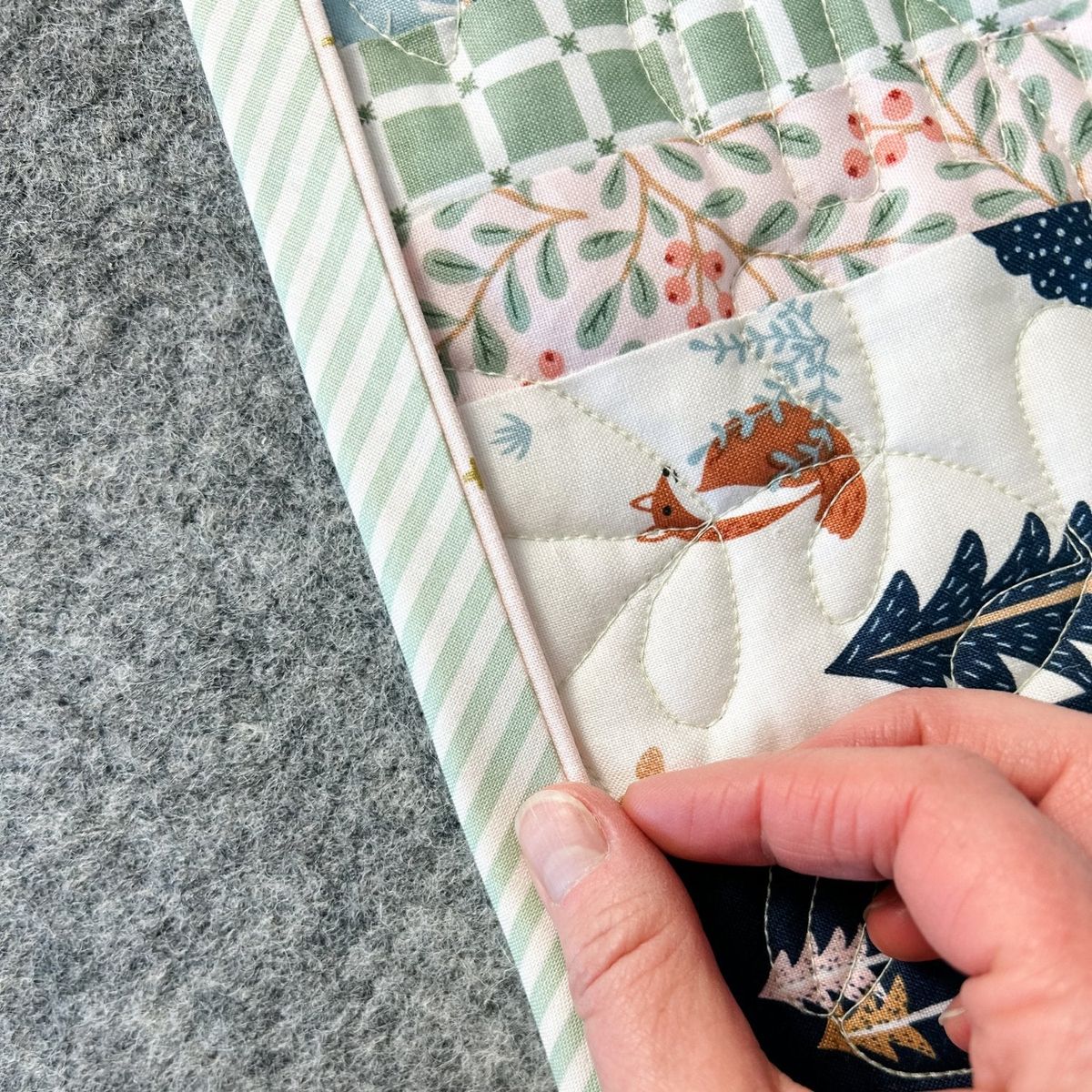Finishing a quilt is always an exciting moment. After all the hours spent cutting, piecing, and stitching your quilt pattern together, the last step—binding—truly brings it all to life. Quilt binding is what wraps up the raw edges of your quilt and gives it a polished, professional look. While it may seem intimidating at first, once you understand the process, you’ll find it both simple and rewarding.
Binding doesn’t just add beauty; it also provides durability to your project. Without binding, the edges of your quilt would fray over time, making all your hard work less lasting. By learning a reliable binding method, you’ll ensure your quilt stays in great shape for years to come. Whether you’re working on your first small lap quilt or a large bed quilt, the binding process is essentially the same.
In this free quilt binding tutorial, we’ll walk through everything step by step. From preparing your binding strips to attaching and finishing them, this guide is designed to help beginners succeed. With patience and practice, you’ll soon be binding your quilts with confidence and even experimenting with unique styles that match your quilt pattern.
Materials You’ll Need
Before diving into the step-by-step process, let’s start with the materials required. Don’t worry—you won’t need anything unusual. Most items are probably already in your sewing kit. Having everything ready will make your quilt binding process smooth and stress-free.
Here’s a simple list of essentials:
- Fabric for binding (½ yard is usually enough for a lap quilt)
- Rotary cutter and self-healing cutting mat
- Quilting ruler for accurate measurements
- Sewing machine with a walking foot (optional, but very helpful)
- Thread that matches or contrasts with your quilt
- Scissors, pins, or clips
- Iron and ironing board
- Hand-sewing needle (for finishing the binding on the back)
Choosing fabric for your binding is part of the fun. You can go for a bold contrast to make your quilt edges pop or pick a subtle shade that blends with your quilt pattern. The choice depends on your creative vision and how much you want the binding to stand out.
Preparing the Binding Strips
The first step in quilt binding is preparing your fabric strips. Traditionally, binding strips are cut on the straight grain of the fabric, though you can also use bias binding for curved edges. Straight-grain strips work perfectly for most quilts and are easier for beginners.
Cut your fabric into strips that measure 2 ½ inches wide. The length depends on the size of your quilt, but you’ll need enough strips to go around all four sides, plus a little extra for joining. Use your rotary cutter, mat, and ruler to keep your strips neat and even. Accurate cutting makes the binding process much easier later on.
Once you’ve cut your strips, join them together with diagonal seams to reduce bulk. Place two strips right sides together at a 90-degree angle, sew across the diagonal, then trim the excess fabric to a ¼-inch seam allowance. Press the seams open. Continue until all your strips are joined into one long continuous piece.
Pressing and Preparing the Binding
After joining your strips, it’s time to press them into shape. This step is important because it gives your binding the clean fold needed to wrap neatly around your quilt’s edge.
Fold the long strip in half lengthwise with the wrong sides together, pressing it with your iron as you go. The result should be one long strip that is 1 ¼ inches wide. By folding it this way, you’ll have a double layer of fabric on the quilt’s edge, which increases durability and makes your quilt last longer.
At this point, roll up your pressed binding into a neat coil. This makes it easier to handle when you start attaching it to your quilt. A simple trick is to keep the roll in a small basket or box beside your sewing machine—it will feed smoothly as you sew.

Attaching the Binding to the Quilt
Now comes the exciting part—attaching the binding to your quilt. Start by placing your quilt top side up and positioning your binding strip with raw edges aligned to the raw edge of the quilt. Leave a 10-inch tail of binding loose before you begin sewing; you’ll need this for joining the ends later.
Using your sewing machine, stitch the binding onto the quilt with a ¼-inch seam allowance. A walking foot helps feed all the quilt layers evenly, but if you don’t have one, go slowly and carefully. Stop sewing ¼ inch before each corner, backstitch, and remove the quilt from the machine.
To turn the corner, fold the binding up at a 45-degree angle, then fold it back down along the next side of the quilt. This creates a neat mitered corner. Resume stitching from the edge and continue around the quilt, repeating the process at each corner.
Joining the Binding Ends
When you’ve stitched all the way around the quilt and are back near the beginning, it’s time to join the ends. This step may look tricky, but once you’ve done it a few times, it will become second nature.
Lay the loose starting tail flat, then overlap the ending tail by the width of your original strip (2 ½ inches). Cut off the excess fabric from the ending tail. Open both ends, place them right sides together at a 90-degree angle, and sew across the diagonal. Trim the seam allowance to ¼ inch and press it open.
Once the binding strip is joined, fold it back in half and stitch it down to finish attaching it to the quilt. The seam will blend in seamlessly, and you’ll have one continuous binding around your quilt.
Hand-Finishing the Binding
The final step is securing the binding on the back of the quilt. While some quilters prefer machine-finishing for speed, many beginners enjoy hand-stitching this part for its neat appearance and relaxing pace.
Fold the binding over to the back of the quilt, covering the stitching line. Use clips or pins to hold it in place. Thread a hand-sewing needle and use a simple slip stitch to secure the binding edge invisibly. Take your time—this step adds the perfect finishing touch to your quilt.
At each corner, fold the binding neatly to create a mitered look on the back, just like you did on the front. A little patience goes a long way here, and the result will look beautifully polished.
Personalization Ideas for Quilt Binding
Once you’ve mastered the basics, you can start having fun with quilt binding. One way to personalize is by choosing bold fabrics that contrast with your quilt pattern. For example, a bright stripe or polka dot can frame your quilt in a playful way.
You can also try different binding widths. While 2 ½-inch strips are standard, narrower or wider bindings can give your quilt a unique finish. Some quilters even add a flange (a tiny strip of fabric between the quilt and binding) for an extra pop of color.
Another idea is to use scrappy binding made from leftover fabrics. This not only reduces waste but also adds charm and character to your quilt. Scrappy binding works especially well with quilts that already have a variety of colors and prints.
Conclusion: Share Your Quilt Project
Congratulations—you’ve completed your quilt binding! By following this free quilt binding tutorial, you’ve given your quilt a strong and stylish edge that complements your chosen quilt pattern. Binding is often considered the final act of love in quilting, sealing in all the effort and creativity you’ve put into your project.
Remember, practice makes perfect. Each time you bind a quilt, you’ll learn little tricks to make the process smoother. Don’t worry if your first attempt isn’t flawless—quilting is all about growth and joy in the creative process.
Now it’s your turn to share your work! Post photos of your finished quilts, talk about your binding choices, and inspire others who are on their quilting journey. Whether on social media, quilting groups, or with friends, your handmade quilt deserves to be celebrated.

